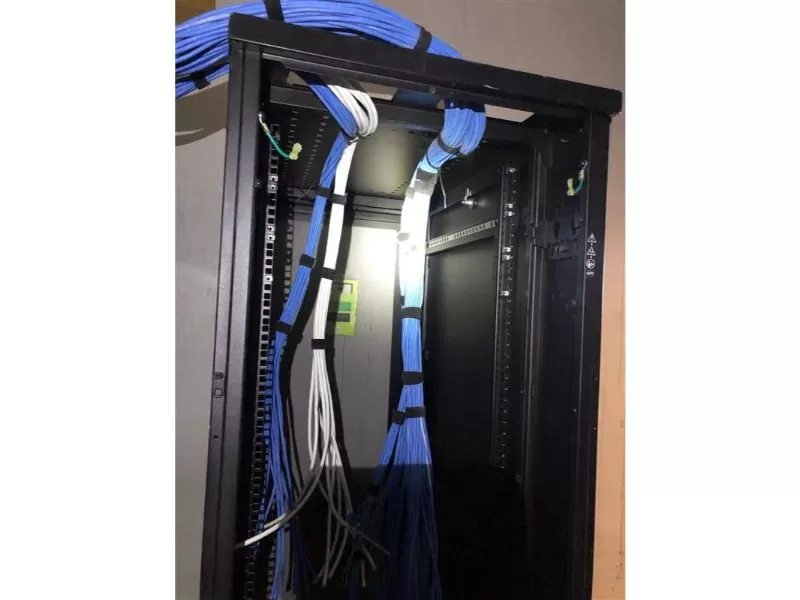
Network cable installation is a critical aspect of setting up a computer network. It involves laying down cables that will connect different devices to the network, allowing for the transfer of data between them. The installation process requires careful planning and attention to detail, as even the slightest error can cause connectivity issues or a complete failure of the network.
Here are some important steps to follow when installing network cables:
- Determine the Layout of the Network
- Choose the Right Type of Cable
- Plan the Cable Routes
- Install the Cables
- Test the Network



